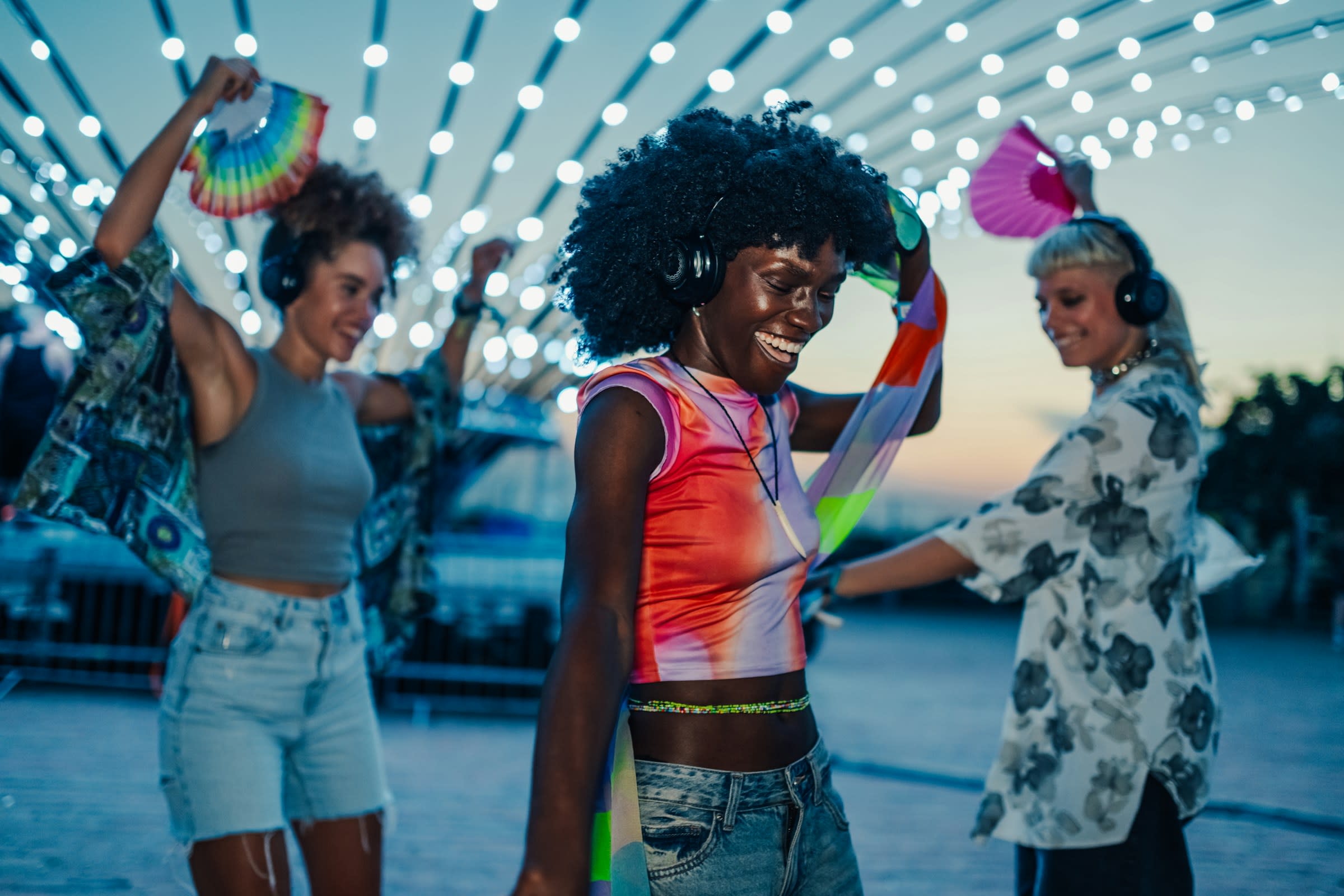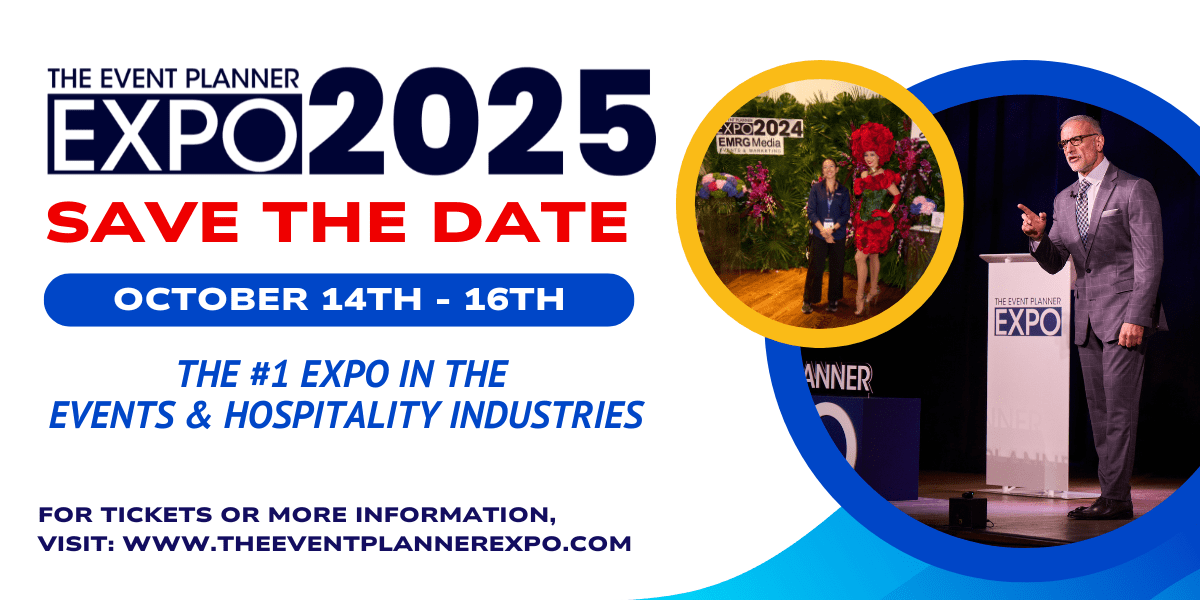How to Book Entertainment That Aligns with an Event’s Brand Messaging

Entertainment at a New York City event is never a filler. It brings the brand to life and sends a message that lights and signage alone can’t capture. When acts match the brand, guests remember the experience long after the event ends. Pulling it off takes strategy, a clear read on the audience, and a touch of creative risk.
Here’s how seasoned NYC planners make sure every performer, act, and experience feels like an extension of the brand story.
Start With the Why, Not the Wow
Too many events begin with, “What’s the coolest act we can afford?” The smarter approach: ask, “Why are we hosting this event?” The brand’s mission and event purpose come first.
The goal of entertainment is to grab the guest’s attention and create unexpected moments. Celebrate innovative experiences that feel cutting-edge. Imagine AI-generated music filling the room or performers using robotics to interact with the audience. Experiences built around gratitude feel different — intimate, warm, and personal. A soulful live band or a surprise guest speaker can make people feel seen and appreciated, leaving a lasting impression.
Planners who skip this step often end up with acts that entertain but don’t resonate. Remember, entertainment is the hook that reinforces the theme in every guest’s memory. Without clarity on the “why,” the “wow” falls flat.
Use a Mood Board to Plan the Fun
Mood boards help you see what a brand feels like. Look through images with metallic textures, neon lights, or futuristic fonts, and the vision becomes clear. Entertainment ideas start to take shape. LED performers, holographic DJs, and projection-based dance acts can bring that energy into the space. Everyone on the planning team can see how it all fits together before anything is booked, making the process smoother and more confident.
For a brand that feels natural and authentic, the board may show something a bit more simplistic by incorporating earth tones, organic patterns, and minimalist design. Entertainment could include acoustic musicians, live art installations, or cultural performances tied to heritage.
People are visual. A mood board puts everything out there in one place, so planners, clients, and performers all see the same picture. It makes it easier to get everyone on the same page and helps sell the entertainment choices to the team. Stakeholders can see how the performance fits the brand’s style and energy before any contracts are signed.
Entertainment Starts With the Audience
Entertainment only works if it clicks with the people in the room. Who shows up to the event matters. Their age, industry, culture, even how they dress. All of that shapes how your message lands and what kind of energy the audience responds to.
Take a Gen Z-heavy crowd. They crave interactivity and authenticity. Silent discos, freestyle rap battles, or TikTok-worthy performances hit harder here than a stiff jazz quartet. On the other hand, a room full of financial executives might respond better to sophisticated live music, celebrity speakers, or precision acts that ooze polish.
Audience psychology matters too. A philanthropic gala audience may want to feel inspired and connected to a cause. In that case, entertainment that weaves storytelling into the act — spoken word poetry, a cinematic string performance — aligns perfectly. Planners who read the room elevate the brand by matching the tone to the people, not just the message.
Entertainment Is Storytelling in Disguise
Every strong brand has a narrative, and entertainment is the plot twist guests remember. The show is all part of the script.
Picture a sustainable fashion brand’s launch party. Instead of hiring a generic band, entertainment could include dancers wearing couture made from recycled fabrics, moving to a soundtrack created with upcycled instruments. The performance literally tells the brand story without a word spoken.
Or think of a healthcare company celebrating breakthroughs. A choreographed piece using projection mapping could illustrate the “patient journey” in a way that’s emotional and hopeful. Guests leave with a deeper connection to the mission because they didn’t just hear about it — they saw and felt it.
When entertainment reinforces the story, it creates emotional anchors. People may forget the speech, but they won’t forget the act that embodied the message.
Match the Act to the Space
The room sets the mood. Hosting in a soaring Manhattan ballroom? Go big. Aerialists, full-on light shows, anything that fills the space and wows the crowd. Or maybe your venue is a snug SoHo loft? Keep it close. Roaming performers or acoustic sets let guests actually interact.
The rookie move is ignoring the room. If you drop a giant act into a tiny space, it feels all wrong. Keep a tiny act in a huge venue, and nobody even notices.
The trick is matching the act to the overall energy of the event. Bold brands shine with big spectacle in a space that can handle it. Approachable brands win with acts that move around, giving guests something to experience up close.
Don’t Just Book — Collaborate
Talented acts aren’t plug-and-play. The best performances are tailored. In New York especially, artists expect customization. DJs can remix a brand’s jingle, comedians can weave in insider references, and dance groups can adapt costumes to match a color palette.
Collaboration also unlocks fresh ideas. Share the brand’s story with performers, and many will propose creative integrations planners wouldn’t think of. A spoken word artist might build an original piece around the company’s tagline. A band might incorporate the brand’s campaign theme into lyrics.
The result is entertainment that feels bespoke — not bought. When acts collaborate, the performance becomes another voice in the brand chorus.
Look Beyond the Usual Suspects
NYC is filled with DJs, cover bands, and comedians — but that’s just the surface. Planners who dig deeper unlock experiences that feel innovative and perfectly aligned.
Interactive theater groups can pull guests into brand-inspired stories. Culinary performers can turn live food stations into performance moments. AR experiences let attendees engage with the brand in playful, unexpected ways.
Even familiar acts can get a twist. A gospel choir performing pop songs or a magician using branded illusions makes the usual feel fresh and trendy.
Generic entertainment is fine. But do you want to just be fine? Guests want experiences that feel thoughtful, purposeful, and memorable. When entertainment and brand align, that’s when the magic happens.
Time the Big Moments
Entertainment doesn’t need to run wall-to-wall. Strategic bursts often pack the most punch.
Unveil a new product with a high-tech laser sequence. Celebrate honorees with a custom performance that spotlights their stories. Close with a surprise guest act that ties everything back to the theme.
The rhythm matters. If every moment is loud, nothing feels special. But when entertainment punctuates the event’s milestones, each act lands like an exclamation point. Guests leave with clear brand takeaways, reinforced by the timing of the performance.
Filter Out the Noise
Not every buzzworthy act is a fit. “Unexpected” doesn’t always equal “aligned.” If entertainment pulls focus away from the messaging, it weakens the event. Guests will just be confused.
The litmus test: does this act directly enhance the brand’s message? A luxury watch launch doesn’t need slapstick comedians. A leadership summit doesn’t need circus performers. Even if guests laugh or clap, if the act confuses the message, it’s the wrong fit.
Planners protect ROI by saying no to gimmicks. Guests want experiences that make sense in the brand’s world.
Tech Can Be the Ultimate Hype Man
Of course technology brings a lot to the table. But, it can be more than just a way to “show off.” It can become the stage for the brand’s story. Projection mapping, holograms, immersive audio, and AR can take the messaging and turn it into something more performative and interactive.
For example, a financial services company could turn data into art, projecting visualizations that move in time with live music. A lifestyle brand might use holographic visuals to show how products have evolved over the years, while performers react and interact in real time. A tech company could set up interactive screens where attendees influence the visuals with their movements, making the audience part of the performance.
Technology makes sure that the brand is embodied, moving, and alive. When guests share it on social media, the alignment stretches far beyond the event.
Think ROI, Not Just Applause
Entertainment is one of the costliest line items on the budget. But when aligned, it delivers serious ROI. The right act extends brand reach through shares, media coverage, and guest buzz long after the event ends.
Metrics matter. Ask: did entertainment increase dwell time? Did it encourage posting? Did it deepen emotional connection? Was it tied to lead generation? When entertainment aligns with brand storytelling, those outcomes multiply.
Entertainment is not an expense — it is an investment in amplification. And NYC audiences, savvy as they are, know when a brand has put in the work to create something intentional.
The Event Planner Expo: Where Brand-Aligned Entertainment Takes Center Stage
Entertainment strategy was one of the hottest conversations at The Event Planner Expo 2025.
If you missed it, the good news is planning for The Event Planner Expo 2026 is already underway. We’re doing a deep dive into entertainment showcases, brand case studies, and insider sessions that show what is possible in New York City events. This is an event where planners learn how to book acts that are innovative, entertaining, reinforce the message, and leave a lasting impression.
Save the dates. This is where the best ideas about planning, entertainment, and creating memorable experiences come together. If you want to see what brand aligned entertainment can really do, this is the place to be.
